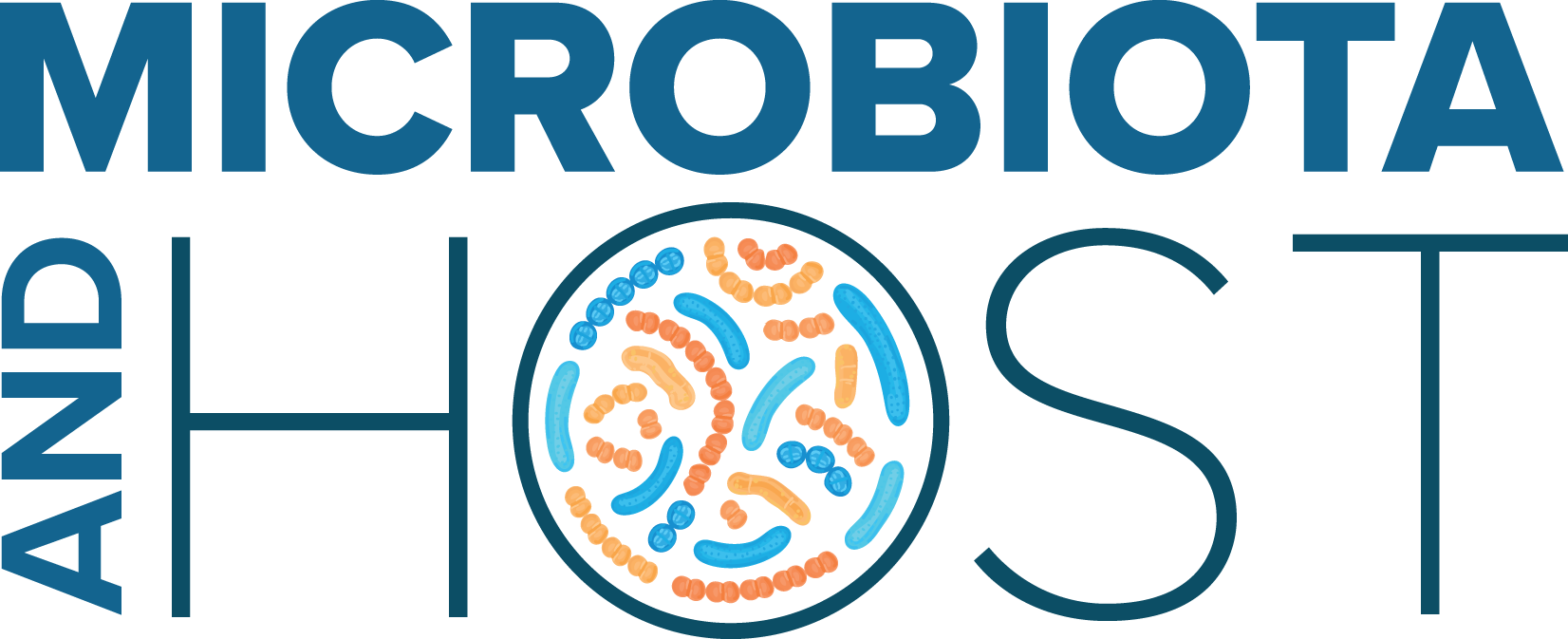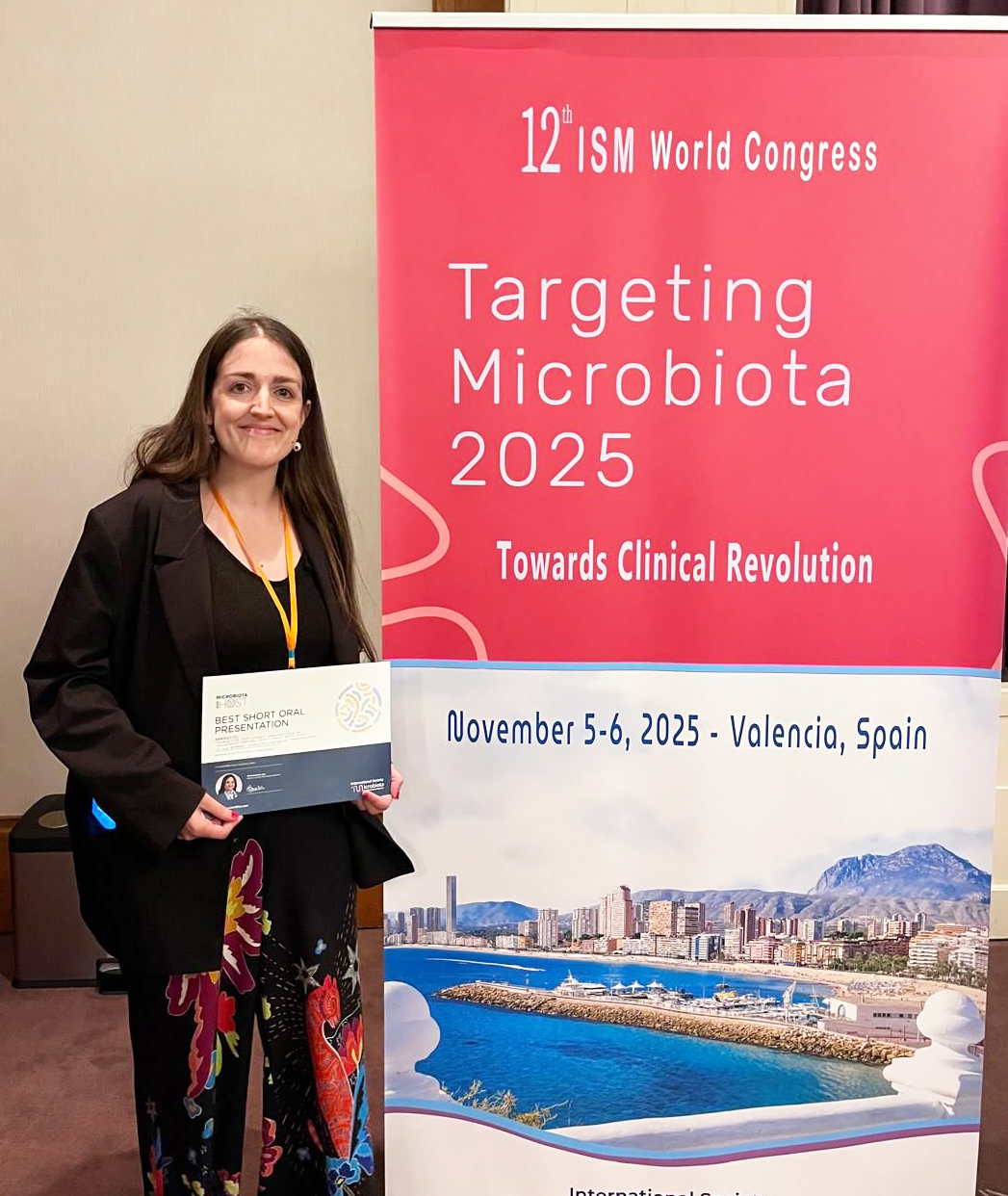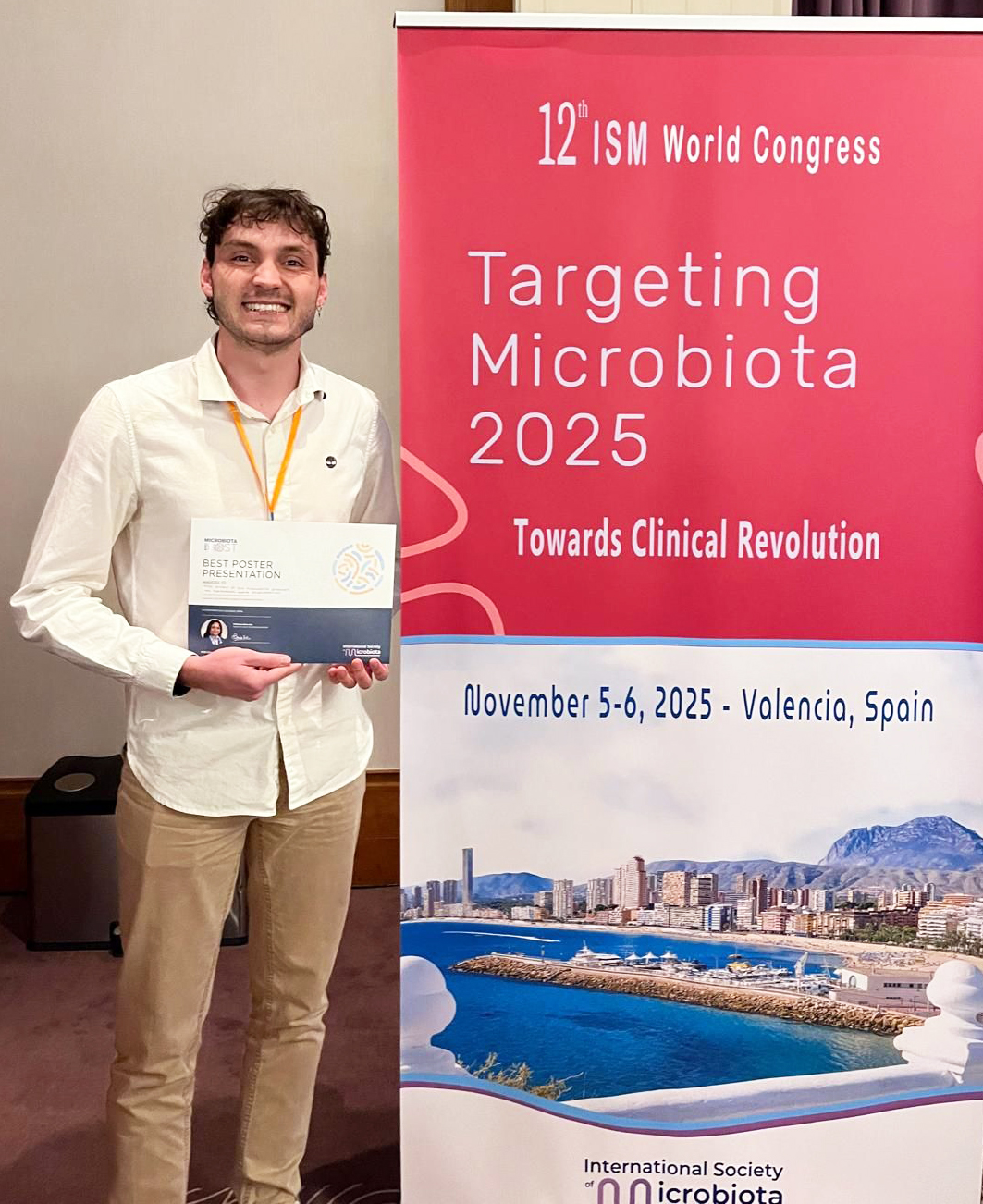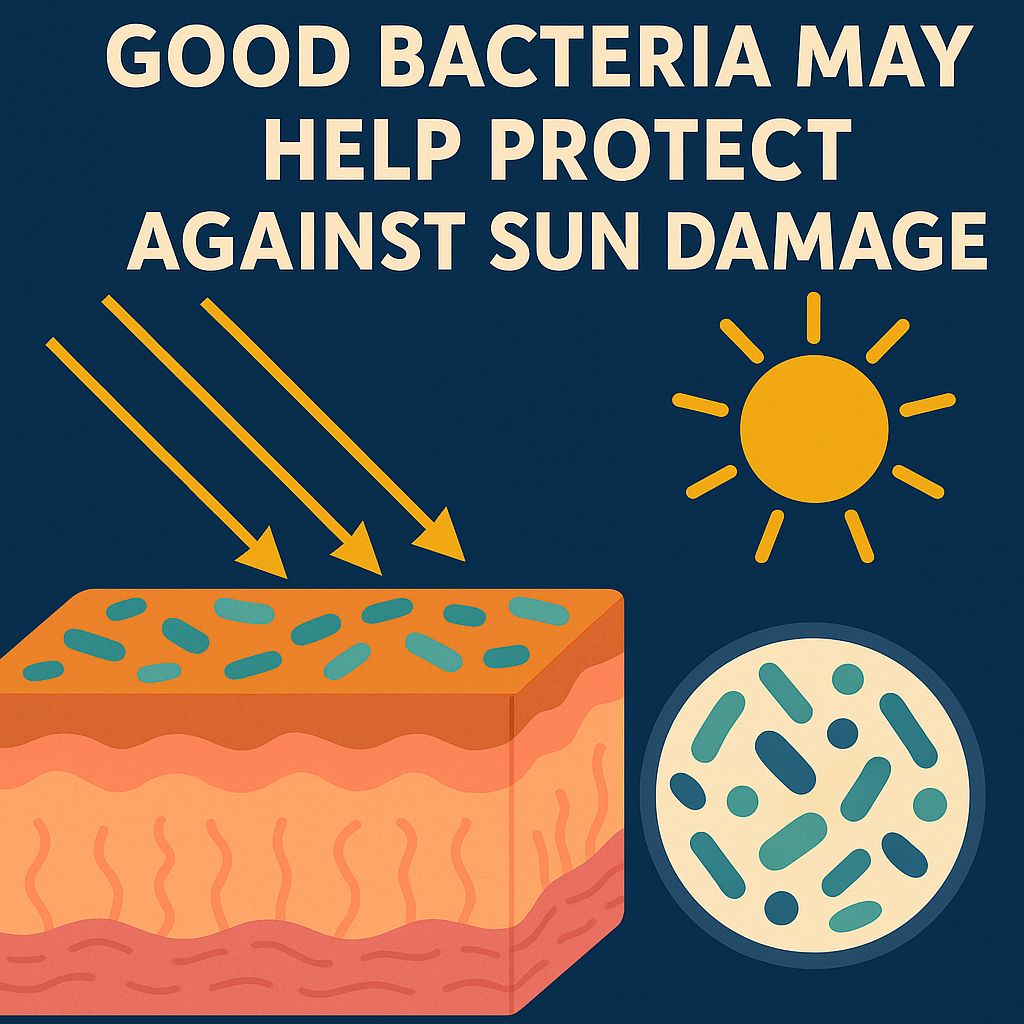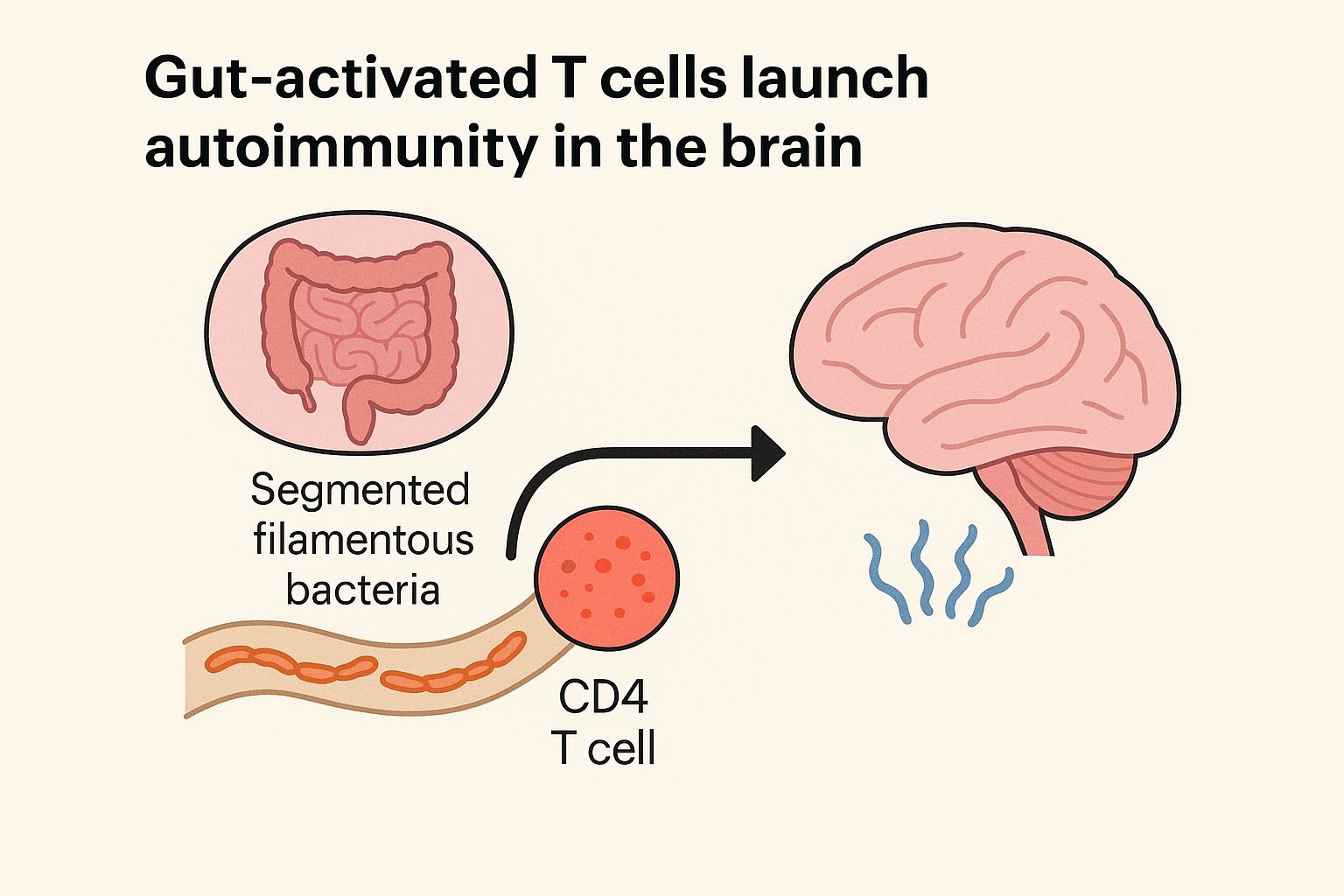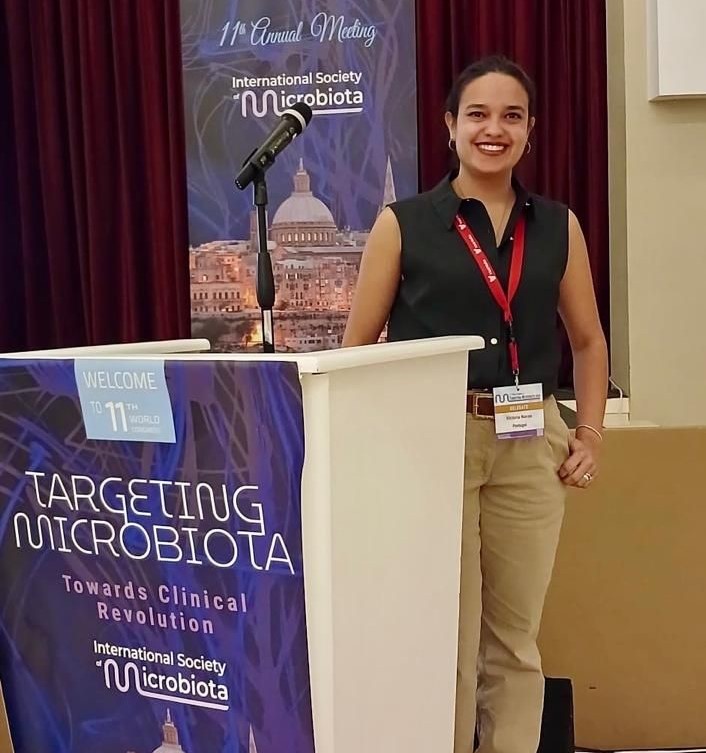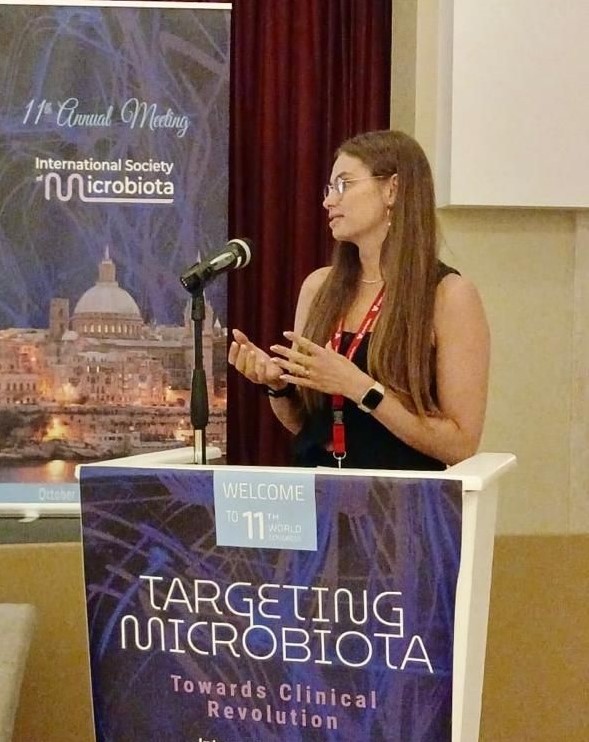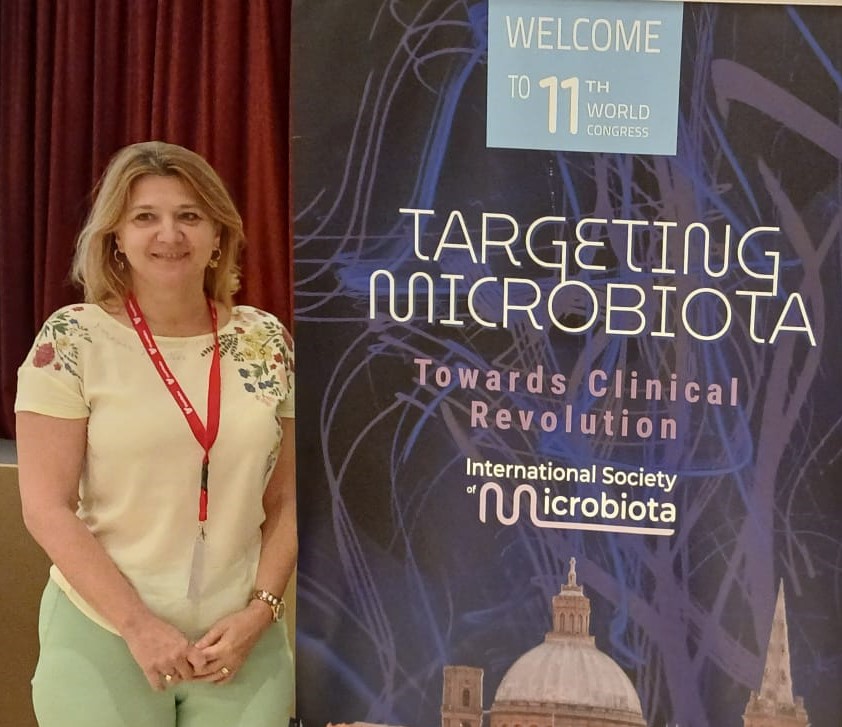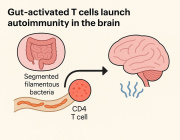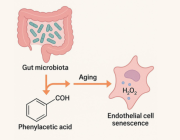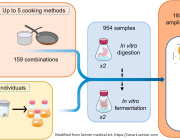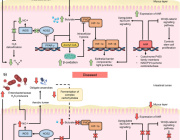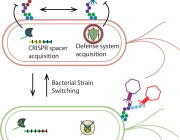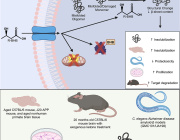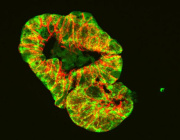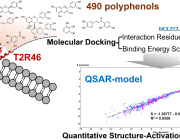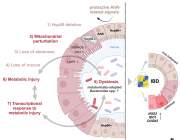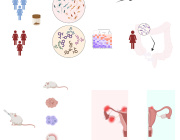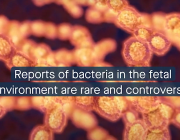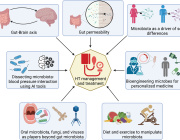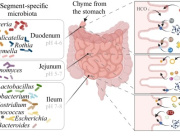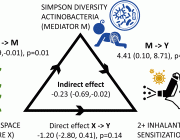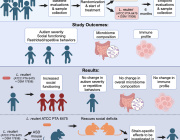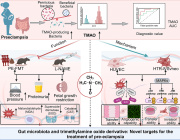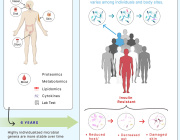Proximity to Natural Green Spaces Linked to Reduced Childhood Allergies: Role of Gut Microbiota
In a collaborative effort joining scientists from Spain, China, and Canada, researchers led by Dr. Anita L Kozyrskyj, University of Alberta, have shed light on the important role of the environment in shaping the developmental origins of health and disease, particularly in relation to childhood allergies. The study, based on data from the Canadian Healthy Infant Longitudinal Development (CHILD) Cohort Study, investigated the impact of residing near natural green spaces during early infancy on the development of atopic sensitization.

Mediation of natural space <500m from residence and ≥2 inhalant atopic sensitizations at 3 years via Simpson diversity of Actinobacteria at 4 months. Beta estimates and 95% confidence intervals presented. 5,000 bootstrap. Acknowledgment of images: Eucalyp, Dima Lagunov, Parkjisun, Blair Adams.
The study, which focused on a cohort of 699 infants in Edmonton, Alberta, Canada, utilized the Urban Planning Land Vegetation Index (uPLVI) map to assess infants' exposure to natural spaces based on their home postal codes. Atopic sensitization was evaluated through skin prick testing (SPTs) for common food and inhalant allergens at ages 1 and 3.
The findings revealed a significant protective effect of proximity to natural green spaces on the development of multiple inhalant atopic sensitizations at 3 years of age. According to the study, infants residing closer to natural green spaces exhibited a substantially lower likelihood of developing inhalant allergies, with an odds ratio of 0.28 [95% CI 0.09, 0.90].
Furthermore, the research studied the relationship between natural green space exposure and gut microbiota composition. Analysis revealed that changes in Actinobacteria diversity in infant fecal samples, measured at 4 months, mediated the protective effect observed on inhalant atopic sensitizations.
However, the study also noted a positive association between proximity to natural green spaces and sensitization to at least one food or inhaled allergen, which was not mediated by gut microbiota. This nuanced understanding emphasizes the multifaceted interactions between environmental factors and allergic sensitization.
The implications of this research extend beyond the realms of allergy prevention, shedding light on the interplay between environmental factors and human health. By advocating for the preservation of natural green spaces, researchers aim to promote healthier childhoods and improved quality of life.
Targeting Microbiota 2024 will highlight the role of the environment in shaping the microbiome. Join in in Malta this October to learn more about this topic, and submit a related abstract.






